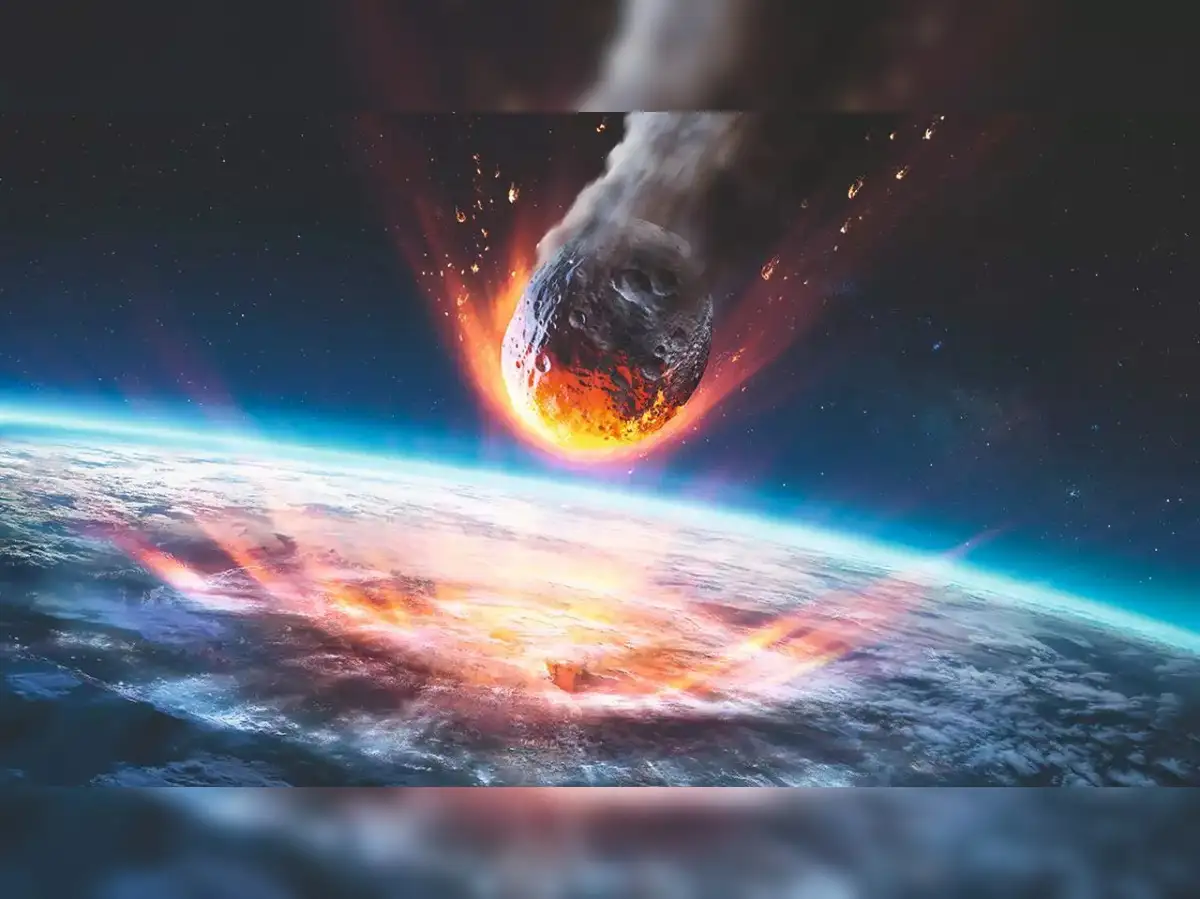
As the scientific community continues to monitor the vast expanse of space, recent alerts from NASA have brought to light an extraordinary event that has both scientists and the public on edge. Two massive asteroids are predicted to make extremely close flybys of Earth on August 8, 2025, with one exceeding 300 feet in diameter. This imminent celestial event raises questions about planetary defense, preparedness, and the ongoing need for vigilant space monitoring.
Understanding the Threat: The Asteroids Approaching Earth
NASA’s ongoing efforts in tracking Near-Earth Objects (NEOs) have pinpointed several space rocks on trajectories that could intersect with Earth’s orbit during that period. Among these objects, two stand out due to their size and proximity: one asteroid measuring over 300 feet (approximately 91 meters) and another somewhat smaller but still significant in potential impact effects.
These asteroids are classified as potentially hazardous because of their size and close approach distances. The asteroid over 300 feet in diameter is particularly alarming given its ability to cause regional devastation if a collision were to occur. This size is comparable to some of the largest buildings in the world, and an impact could trigger widespread destruction, seismic activity, or even climate effects depending on the angle and velocity of impact.
Details of the Upcoming Flybys
- Close Approach Date: August 8, 2025
- Size of the Larger Asteroid: Over 300 feet (approx. 91 meters)
- Proximity to Earth: Predicted to pass within a dangerously close distance, sparking concern among planetary defense agencies
A separate asteroid, designated as 2025 OT4, is also expected to pass “very close” to Earth on August 7, 2025, just a day before the larger object’s approach. Although current models suggest it will safely pass without impact, the proximity of these objects underscores the importance of ongoing monitoring and preparedness.
The Science Behind These Predictions
NASA’s Planetary Defense Coordination Office (PDCO) utilizes a network of telescopes and radar systems to track and analyze NEOs’ trajectories. The recent observations of these two celestial bodies have involved radar imaging and orbital calculations that reveal their paths and velocities. Advances in observational technology, such as the Goldstone Radar and the Pan-STARRS telescopes, have been crucial in providing accurate predictions.
In particular, observations made by NASA’s Goldstone radar have observed a fast-spinning asteroid, adding to the body of knowledge about the physical characteristics of these space rocks. Understanding their rotation, composition, and structure is essential for potential future mitigation strategies.
Implications for Planetary Defense
This upcoming event serves as a stark reminder of the importance of planetary defense systems. While the current assessments indicate that these asteroids pose no immediate threat of impact, their close approaches give scientists a valuable opportunity to study such objects and refine detection and deflection techniques.
NASA and other space agencies worldwide continue to develop and test technologies designed for asteroid deflection, including kinetic impactors and gravity tractors. The test passes by these space rocks provide unique opportunities to validate these technologies in real-time scenarios.
Potential Impact Effects
- Regional devastation: Large asteroids like the one over 300 feet could cause significant damage, similar to that of a large nuclear explosion, affecting thousands of square miles.
- Weather and climate implications: Depending on the impact site, particles thrown into the atmosphere could influence weather patterns temporarily.
- Seismic activity: An impact could trigger earthquakes or tsunamis if it strikes an oceanic region.
Public and Governmental Response
The alerts issued by NASA and other agencies have prompted a range of responses worldwide, including increased public awareness campaigns, discussions on planetary defense budgets, and collaborations for tracking more NEOs. Governments are now more conscious of the need for international cooperation in space observation and potential impact mitigation efforts.
Additionally, scientists emphasize that while the possibility of impact is currently rated as low, the continued monitoring of such objects is vital to mitigate future risks. The event also fuels discussions about the necessity of developing rapid response strategies, including evacuation plans and targeted asteroid deflection missions.
What Can We Learn From These Approaches?
This close encounter emphasizes several key lessons for humanity:
- Importance of early detection: The sooner we identify potentially hazardous objects, the more options we have to prevent a catastrophic impact.
- Need for international collaboration: Space threats are global concerns that require a united scientific and political response.
- Advancement of technology: Innovations like radar imaging and space mission planning are crucial in improving our planetary defense capabilities.
The Future of Space Monitoring and Defense
Looking ahead, space agencies are investing heavily in developing asteroid deflection technologies and expanding their monitoring networks. Missions such as NASA’s APEX and upcoming planetary defense tests aim to prototype rapid response mechanisms. The goal is to detect and, if needed, neutralize threats well before they become imminent hazards.
Furthermore, international bodies like the United Nations are advocating for a coordinated global approach to space hazard mitigation. Establishing protocols for shared data, joint rescue operations, and technological support will enhance Earth’s resilience against potential asteroid impacts.
Final Thoughts
The near approach of two enormous asteroids in August 2025 is a clarion call reminding us of our fragile position in the cosmos. While current assessments suggest no danger of impact, the events serve as a catalyst to continue investing in planetary defense infrastructure and international cooperation. They also highlight the importance of ongoing scientific research to better understand these space visitors and develop effective mitigation strategies.
As we watch the skies in anticipation, the collaboration between scientists, governments, and the public will be essential in ensuring that we are prepared for any celestial surprises that await us in the future.
For more updated news please keep visiting Prime News World.







